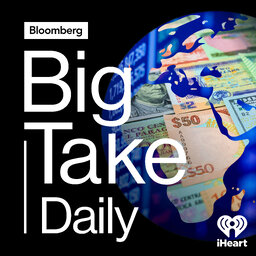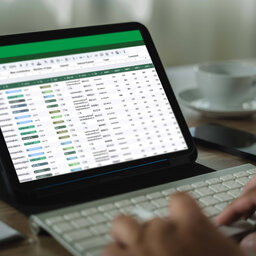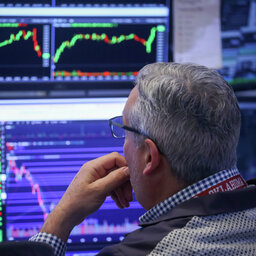Why Are Airline Rewards So Complicated?
Frequent flyer programs began as a way for airlines to build loyalty and fill empty seats. They’ve since morphed into a complex financial ecosystem that’s drawn the ire of even the most savvy consumers and the scrutiny of the US Department of Transportation.
Bloomberg’s global aviation editor Benedikt Kammel joins David Gura to talk about points, miles, qualifying trips — and how we got here in the first place.
Read more: The Airline Rewards Game Is Getting Tougher to Win
 Big Take
Big Take


